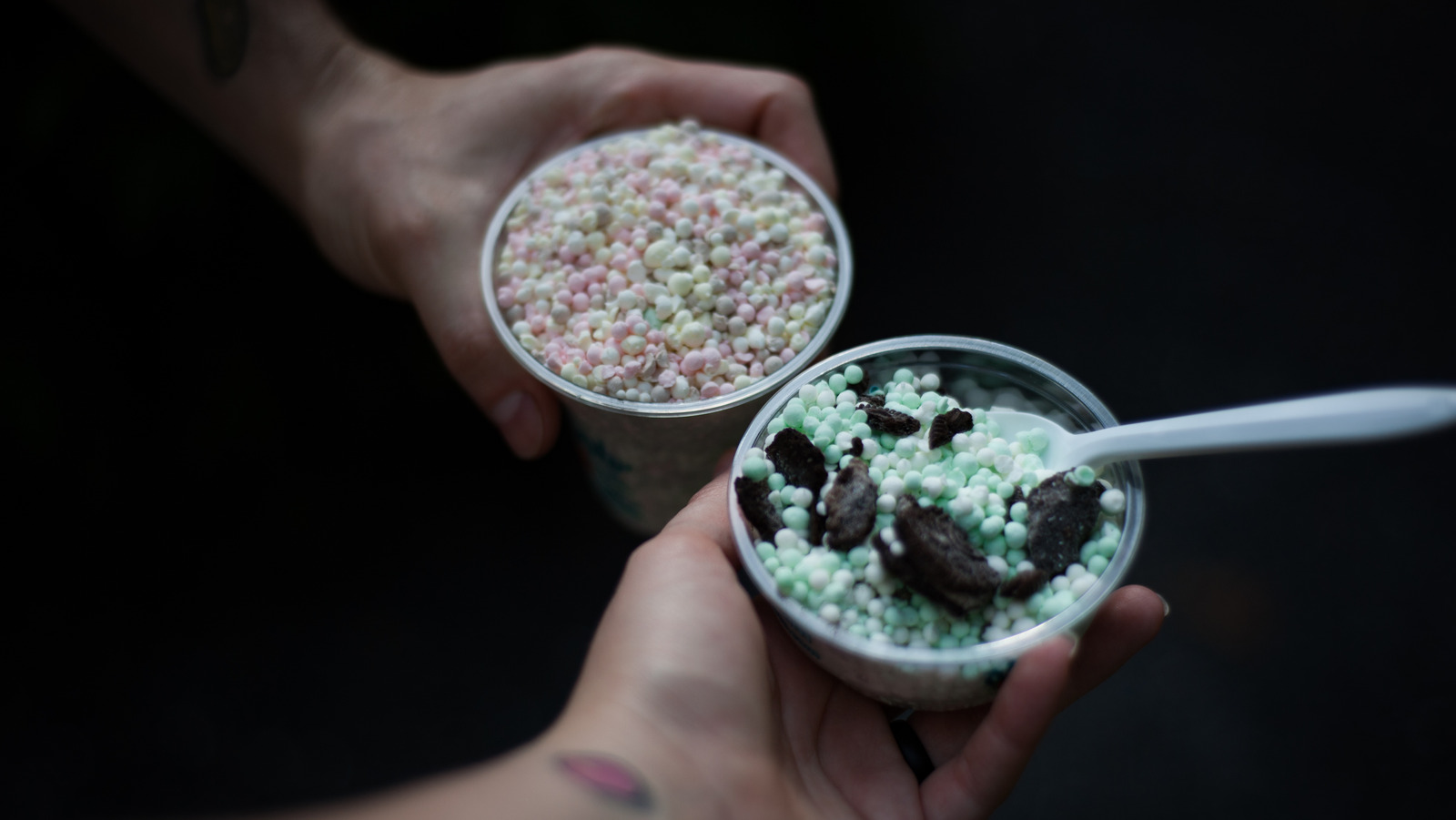Dippin’ Dots, the miniature edible marbles that have become a popular treat at amusement parks across the world, were not created overnight. It took years of scientific experiments and calculations to perfect the process of transforming ice cream into these tiny spheres.
The key to creating Dippin’ Dots is precise control of temperature and timing. The ice cream base must be submerged in liquid nitrogen to form the beads, but the mixture must be dripped into the liquid nitrogen chamber in a specific manner to achieve the desired shape. This is unlike regular ice cream, which takes longer to freeze and can clump together if not cooled properly.
One of the challenges faced by Curt Jones, who invented Dippin’ Dots, was maintaining the individual sphere shape during transportation. To solve this problem, he used a special freezer that maintained lower temperatures compared to traditional ice cream freezers. Jones quickly figured out the optimal combination of temperature and timing for the creation of Dippin’ Dots. In 1989, Dippin’ Dots made its debut at Opryland U.S.A., becoming the first amusement park to offer this unique frozen treat.
This innovative approach to ice cream production revolutionized the way people enjoyed this classic dessert by making it possible to create small, bite-sized treats that could be easily consumed on-the-go. Today, Dippin’ Dots can be found at amusement parks around the world and are enjoyed by people of all ages as a fun and tasty treat.



